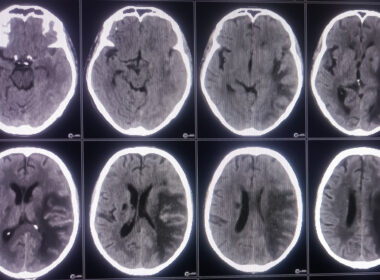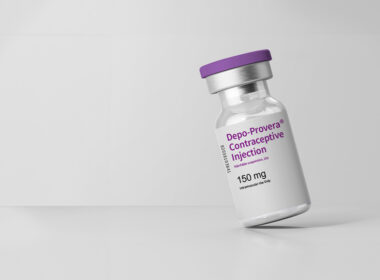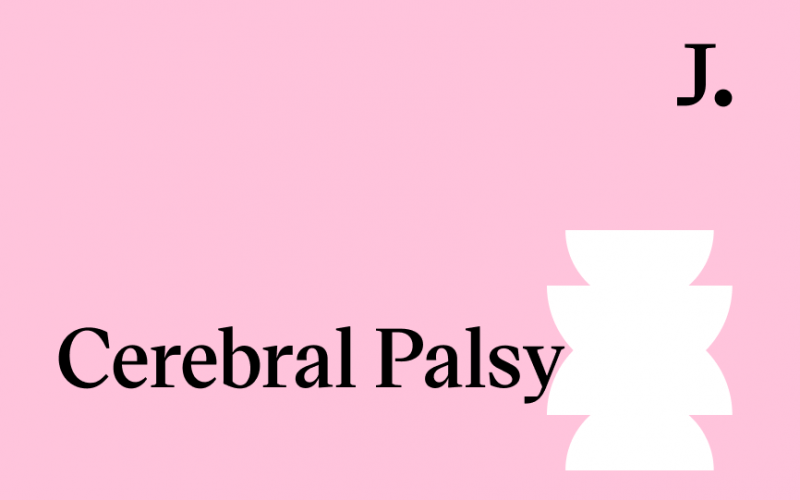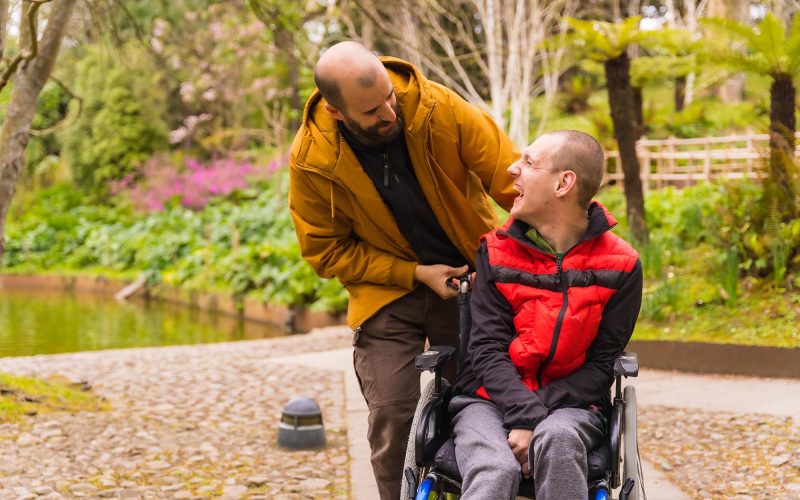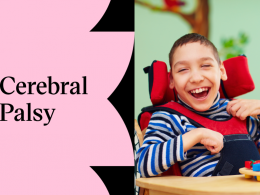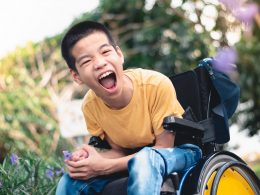Cerebral palsy is not uniform. Different types of cerebral palsy produce different symptoms. One of the most frequently diagnosed types of cerebral palsy is spastic cerebral palsy. An injury to a baby’s brain in the womb, during birth, and after birth can cause spastic cerebral palsy. The primary symptoms associated with spastic cerebral palsy are involuntary muscle movements and muscle stiffness.
Understanding Spastic Cerebral Palsy
Approximately 80 percent of individuals diagnosed with cerebral palsy suffer from spastic cerebral palsy. Spastic cerebral palsy is more common than any other type of cerebral palsy. It occurs when the motor cortex is injured before childbirth, during birth, or after childbirth.
Hypertonia is one of the most common symptoms of spastic cerebral palsy. Individuals typically experience muscle spasms, causing their muscles to tense and relax repeatedly. More than one single area of the body can exhibit symptoms of hypertonia. Sometimes, half of the body may be tense and stiff.
The damage to the motor cortex in the brain affects the connection between the brain and the limbs affected by spastic cerebral palsy. These restrictions can cause an individual physical, psychological, and emotional stress.
Spastic Cerebral Palsy Treatment
Though spastic cerebral palsy cannot be cured at this time, there are multiple types of medical treatments and medications that can help alleviate symptoms. Commonly prescribed medications include muscle relaxants and anticonvulsants which can help reduce symptoms like muscle stiffness and seizures. Non-intrusive forms of therapy, like physical, speech, and occupational therapy can also be extremely beneficial. Some people with spastic cerebral palsy have also experienced great benefits from botox which can help reduce muscle contractions by blocking signals between nerves and muscles.
Surgery is typically only necessary to treat severe cases of spastic cerebral palsy. Spinal cord surgery can help children experiencing scoliosis or spasticity (abnormally stiff muscles). Other types of orthopedic surgeries include muscle and tendon lengthening and muscle and tendon cutting which can help increase movement and reduce stiffness.
Lastly, there are a number of assistive devices that can allow a child to live more independently. In addition to walkers and wheelchairs to help move around, people with spastic cerebral palsy may benefit from dressing aids, weighted utensils and writing instruments to allow for easier gripping, pointers to assist with the use of electronic devices, and more.

Types of Spastic Cerebral Palsy
A person’s symptoms generally indicate the type of spastic cerebral palsy they have. These types include spastic hemiplegia, spastic quadriplegia, and spastic diplegia.
Spastic Hemiplegia
The left or the right side of the human body suffers from spastic hemiplegia. A child diagnosed with spastic hemiplegia will typically have control over only one side of their body and will be unable to control the other side of their body.
Spastic Quadriplegia
Spastic quadriplegia may immobilize every limb. The most severe type of spastic cerebral palsy, spastic quadriplegia produces discernible symptoms early in a child’s development. A parent may not be able to observe consistent progression in the physical development of their child, and their child may not reach anticipated milestones.
Spastic Diplegia
Another common type of spastic cerebral palsy is spastic diplegia, which affects the bottom half of a patient’s body. Young children may not progress with their peers in physical development. The symptoms associated with spastic diplegia include muscular stiffness, muscular weakness/atrophy, scissor walking, toe walking, and seizures.
Symptoms of Spastic Cerebral Palsy
Sudden and uncontrollable movements that appear spasmodic and twitchy are common signs of spastic cerebral palsy. An affected muscle will also be stiff and immovable. Furthermore, scoliosis is a common complication caused by spastic quadriplegia, with roughly 20 to 25% of children developing the condition.
Spastic cerebral palsy often produces the following symptoms:
- Epileptic seizures
- Use of only one side of the body
- Difficulty eating and drinking due to damage to the muscle tissue in the throat
- Difficulty stretching and extending the limbs
- Inability to regulate fine motor skills
- Unbalanced walking
- Forceful reflexes
- Involuntary movement of the body
- Muscle stiffness
These symptoms may not all be present in one patient. Depending on how severe a case of spastic cerebral palsy is, the symptoms will be more or less severe.

Causes of Spastic Cerebral Palsy
Damage to the spinal cord and brain is the primary cause of spastic cerebral palsy. Sudden impacts and other injuries to the brain can disrupt the connection between the brain, the central nervous system, and muscles in the body. Muscle movement will be more strained and arduous due to these problems.
Common causes of spastic cerebral palsy include the following:
- Oxygen deprivation
- Brain hemorrhaging
- Brain injuries, including those caused by forceps and vacuums to assist infants through the birth canal
- Jaundice
- Incompatible blood types between child and mother
- Toxic exposure
- Untreated illness and infections in the womb
- Birth injuries
Contact Justpoint for Spastic Cerebral Palsy Resources and Guidance
In some cases, spastic cerebral palsy is caused by a medical professional’s error or negligence. In some cases, spastic cerebral palsy is caused by a medical professional’s error or negligence, and may have been prevented had a healthcare professional taken more precautions before, during, and after delivery.
If you have a child who may have developed spastic cerebral palsy due to medical malpractice in the delivery room, contact Justpoint today. You may be able to pursue financial compensation for your child’s medical treatments, therapy, assistive devices, ongoing support, and more.



